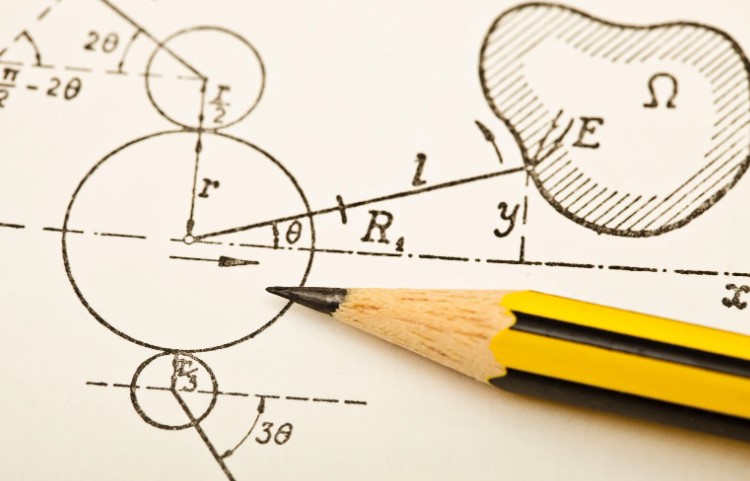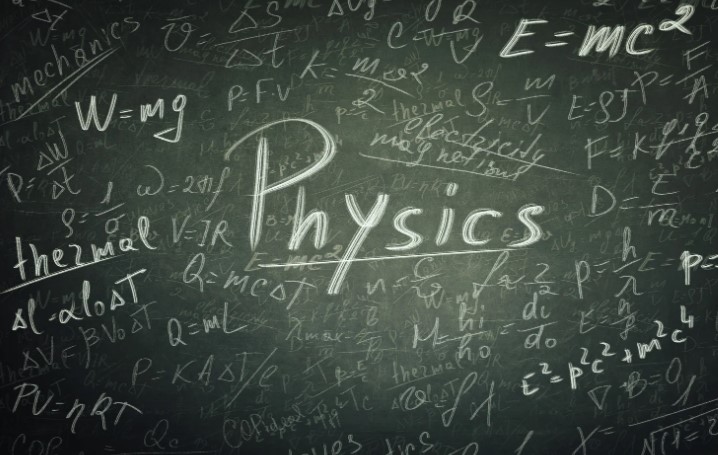- What Is the Formula for Work Done in Physics?
- How Much Work Is Done If a Force of 20N Is Used to Move an Object 6 Metres?
- What Are the SI Units of Work?
- What Factors Affect the Amount of Work Done?
- What Are The Real-Life Examples of Work Done in Physics?
- What are the Common Misconceptions About Work in Physics?
- Conclusion
- FAQs About Work in Physics
In physics, the concept of work done is fundamental to understanding energy transfer. Work is done when a force is applied to an object, resulting in movement.
The amount of work done depends on the force applied, the distance moved, and the direction of force relative to displacement.
In this guide, I’ll walk you through the calculation for how much work is done if a force of 20N is used to move an object 6 metres? I’ll also explain the factors that influence work, its SI units, and real-life examples.
Let’s dive in!
What Is the Formula for Work Done in Physics?
In physics, work (W) is defined as the product of force and displacement in the direction of the applied force. Mathematically, it is given by:
W = F × d × cos(θ)
Where:
- W = Work done (Joules, J)
- F = Applied force (Newtons, N)
- d = Displacement (Metres, m)
- θ = Angle between force and displacement (Degrees)
The cos(θ) component accounts for the direction of force relative to displacement. If the force is applied in the same direction as movement, θ = 0°, and cos(0) = 1, simplifying the formula to:
W = F × d

How Much Work Is Done If a Force of 20N Is Used to Move an Object 6 Metres?
Now, let’s apply the formula to the given values:
- Force (F) = 20 N
- Displacement (d) = 6 m
- Angle (θ) = 0° (force and displacement are in the same direction)
Using the formula:
W=20×6×cos(0)
W=20×6×1
W=120 Joules (J)
So, the total work done is 120 Joules (J).
What Are the SI Units of Work?
In physics, the SI unit of work is the Joule (J). One Joule is defined as:
“The work done when a force of 1 Newton moves an object by 1 metre in the direction of the force.”
Other common units used in different contexts include:
| Unit | Equivalent in Joules | Used In |
| Joule (J) | 1 J | General physics calculations |
| Kilojoule (kJ) | 1,000 J | Energy measurements in food, engineering |
| Foot-pound (ft-lb) | 1.356 J | Mechanical work, torque |
| Erg | 10−710^{-7}10−7 J | Small-scale physics experiments |
What Factors Affect the Amount of Work Done?
Several factors influence the amount of work done:
- Force Applied (F) – A greater force results in more work being done.
- Displacement (d) – The farther the object moves, the more work is performed.
- Angle Between Force and Displacement (θ) –
- If force and displacement are in the same direction (θ = 0°), work is maximised.
- If force is perpendicular to displacement (θ = 90°), no work is done (e.g., carrying a book without moving it horizontally).
- If force is opposite to displacement (θ = 180°), work is negative (e.g., friction slowing an object down).
What Are The Real-Life Examples of Work Done in Physics?
Work done is a concept we see in everyday life. Here are a few examples:
- Lifting a grocery bag – Work is done against gravity when lifting a bag.
- Pushing a shopping trolley – Work is done when force moves the trolley forward.
- Cycling on a road – Leg muscles apply force to move the bicycle.
- Throwing a ball – Work is done to give the ball kinetic energy.
The table below highlights different scenarios of work done:
| Scenario | Force Applied | Distance Covered | Work Done? |
| Pushing a car | High | Significant | Yes |
| Carrying a box while walking | High | None (no displacement in force direction) | No |
| Lifting weights | Medium | Small | Yes |
| Holding a book steady | Medium | None | No |
What are the Common Misconceptions About Work in Physics?
Many people misunderstand the concept of work in physics. Here are a few common misconceptions:
- “If I push an object and it doesn’t move, work is still done.”
No, work requires both force and displacement. If the object doesn’t move, no work is done. - “Work and energy are the same thing.”
Work is energy transfer, not energy itself. Energy is the ability to do work. - “Holding a heavy object in place requires work.”
No, if there’s no movement, no work is done, even if force is applied.
Conclusion
Understanding work in physics helps explain how force and displacement interact. In our example, the question is how much work is done if a force of 20N is used to move an object 6 metres? and we have the answer as when a force of 20N moves an object 6 metres, 120 Joules of work is done.
Key takeaways:
- Work is force multiplied by displacement in the force’s direction.
- SI unit of work is the Joule (J).
- No movement = no work, even if force is applied.
- Work depends on force, distance, and angle between them.
By applying these principles, we can better understand mechanics, engineering, and energy transfer in everyday life.
Related Article: What Name Is Given to the Amount of Work Done in a Given Time?
FAQs About Work in Physics
1. What happens if the force is applied at an angle?
If force is applied at an angle, only the horizontal component contributes to work. The formula includes cos(θ) to account for the angle.
2. Can work be negative in physics?
Yes. Work is negative if the force opposes motion, like friction slowing down a moving object.
3. Is work done if there is no movement?
No. Without displacement, work is zero regardless of the force applied.
4. How is work related to energy?
Work is the transfer of energy. When work is done on any object, then it will either gain or lose energy.
5. Why is work measured in Joules?
Joules are the standard SI unit of energy and work, ensuring consistency in physics calculations.



0 Comments